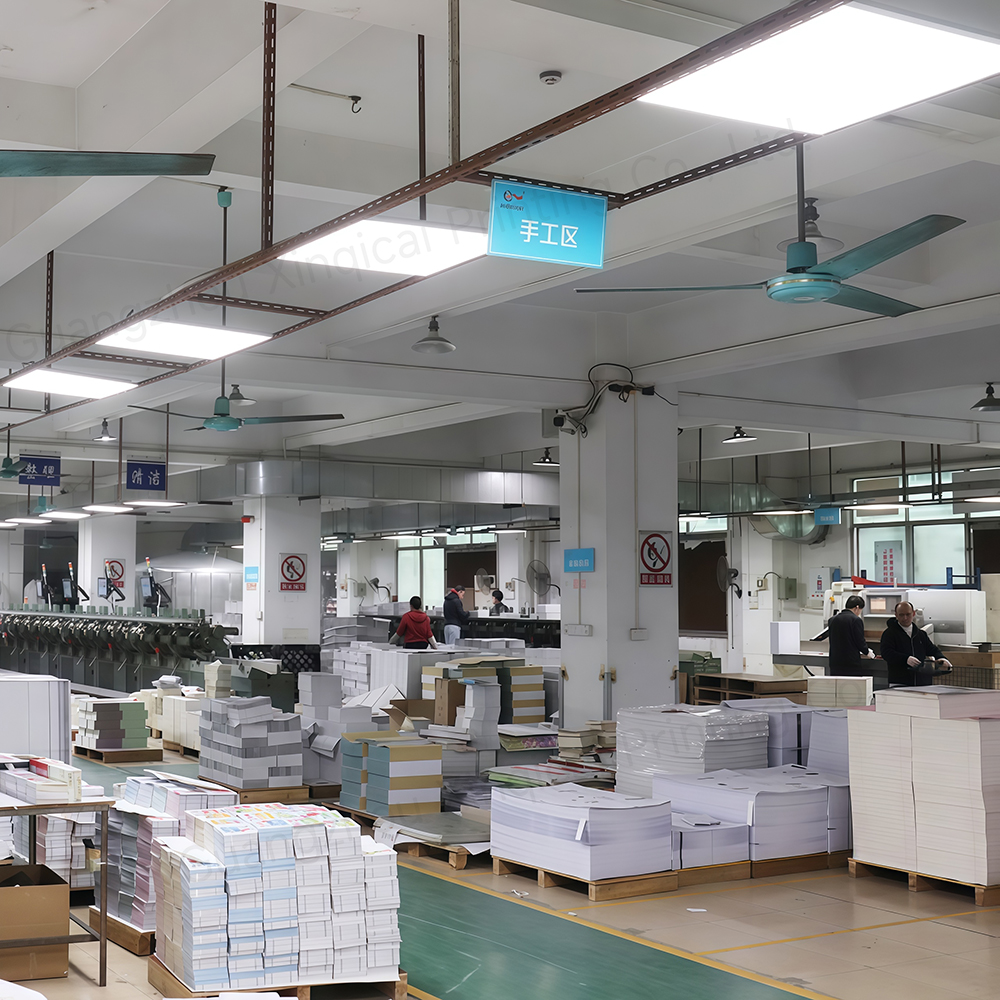The starting gun for the industrialization of printed displays has officially been fired. Reporters recently learned from the "Printed Display Industrialization and Industry Chain Technology Seminar" that key elements of printed display technology, such as processes, materials, and equipment, have gradually matured, and the prelude to the industrialization of printed displays in my country is about to begin. TCL Huaxing showcased new printed OLED technology products ranging from 17 inches to 65 inches at the conference, boasting performance advantages over current mainstream OLED technologies. Reporters also learned that TCL Huaxing has developed printed display technology with a resolution of up to 274 PPI, suitable for IT products such as notebooks and tablets. In the future, printed OLED technology has the potential to be applied to TVs, monitors, notebooks, tablets, and other products, enabling flexible production capacity transfer.

So, what are the advantages and appeal of printed displays that have attracted so many leading global display panel companies to establish pilot and R&D production lines to research them? Today, we'll take a deeper look at their characteristics.
Printed displays feature a simple manufacturing process and are applicable to products of various sizes.
Currently, the mainstream technology for small and medium-sized OLEDs is FMM-OLED, a technology adopted by all Chinese OLED panel companies. For domestic manufacturers, the main challenges are foreign patent monopolies, high costs, and difficulty achieving large-scale production. Technically, FMM-OLED utilizes vacuum evaporation, essentially heating and sublimating organic materials. High-precision metal masks are then used to pattern the organic film layers for the red, green, and blue OLED devices. High-precision metal masks require materials with extremely low thermal deformation coefficients, with micron-level apertures and extremely high alignment accuracy requirements, resulting in high costs. Furthermore, gravity can cause deformation in high-precision metal masks. Any slight deformation can significantly impact alignment and the deposition area, and larger devices experience more severe deformation issues, making their application in large-generation production lines extremely challenging.
Unlike FMM-OLED, which uses vacuum evaporation, IJP-OLED utilizes inkjet printing technology to prepare organic materials into a solution. A high-precision printhead precisely controls the volume (picoliter level, 10-12L) and inkjet placement of the ink droplets, depositing them into pixel wells on a pre-prepared substrate. After vacuum drying, the organic film layers of the OLED device ultimately form the red, green, and blue light-emitting units. Printed OLED technology is incredibly simple, enabling the printing of display screens similar to "printing a newspaper." It also eliminates the need for expensive vacuum evaporation equipment and high-precision metal masks, making it suitable for a wide range of product sizes (TVs, monitors, notebooks, and tablets).
Printed display products offer a simple structure and significant cost competitiveness. For medium and large-sized products, the current mainstream OLED technologies globally are WOLED and QD-OLED. Both WOLED and QD-OLED possess highly complex device and light-emitting structures. Both WOLED and QD-OLED utilize vacuum evaporation and patterning with metal masks. WOLED forms the entire surface of the white-light OLED device's organic film layer on a glass substrate. Then, patterned anodes and color filters are used to form the white, red, green, and blue light-emitting units. White-light OLED devices require approximately 18-20 layers of evaporation. Unlike WOLED, QD-OLEDs utilize a multi-layer organic film layer formed on the lower glass substrate to emit blue light. Then, a patterned quantum dot light-color conversion layer and a full-surface encapsulation layer are printed on the upper glass substrate. Finally, patterned color filters are applied to form the red, green, and blue light-emitting units. The stacked device requires approximately 22-24 layers of vapor deposition.
In contrast, printed OLEDs require only five to six layers of organic film formed by inkjet printing to create the red, green, and blue light-emitting units. The device and light-emitting structure are both very simple, with material utilization rates as high as 90%. Complex processes and vacuum vapor deposition equipment are not required. Therefore, for medium- and large-sized display applications, printed OLED production is expected to be more cost-effective than both WOLED and QD-OLED. For example, when producing a 65-inch TV on a Gen 10 line, printed OLEDs are estimated to reduce bill of materials (BOM) costs by 10%-20% compared to WOLED and QD-OLED. Meanwhile, the competitiveness of printed OLEDs has also extended to the small and medium-sized display market. Compared to the FMM OLED process used in 13.3-inch panel production on a Gen 6 line, printed OLEDs can reduce bill of materials (BOM) costs by approximately 10%. Furthermore, compared to WOLED, QD-OLED, and FMM-OLED, IJP also offers lower initial investment costs for equipment and fab construction, and lower operating costs during production.

